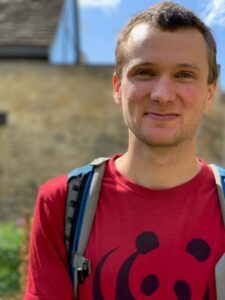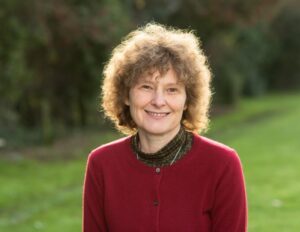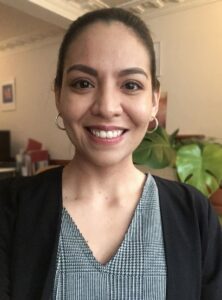University of Oxford
11a Mansfield Rd
OX1 3SZ
UK
Glob2Loc: Projecting multiple anthropogenic stressors to biodiversity at scales that range from local to global
Reducing human impacts on biodiversity is integral to a functioning society: biodiversity provides numerous invaluable services to humanity and to nature, is moderately or highly linked to more than half the world’s GDP, and continued biodiversity loss has been identified as one of the most likely and largest threats to human society. The urgency with which we need to mitigate and reverse human impacts on biodiversity is being recognised at all scales from local to global. This includes the overall global goal in the Kunming-Montreal Global Biodiversity Framework to halt and reverse biodiversity loss by 2030 and to move towards a healthy functioning planet by 2050, with similar goals and aspirations at local, national, regional, and corporate scales.
Understanding the impact that anthropogenic activities have on biodiversity, and how reducing the underlying drivers of biodiversity loss, is a first step to bending the curve of biodiversity loss. Doing this requires a flexible biodiversity assessment framework that incorporates multiple human stressors to biodiversity, has wide geographic and taxonomic coverage, and has flexibility to provide insights at scales that range from local to global.
This project – Glob2Loc: projecting the impact of multiple anthropogenic stressors to biodiversity at scales that range from local to global – aims to address this challenge. It focuses on building, validating, and then applying a global biodiversity framework that has global coverage, spatial resolution down to 0.09 sq km, includes >26,000 species of terrestrial vertebrates, and has temporal coverage from 1850 to 2100. It currently incorporates five stressors – climate change, agricultural expansion, agricultural intensification, urbanisation, and habitat fragmentation – and measures the contribution that these stressors have on biodiversity, both individually or jointly.
This project extends previous work, published in Nature Sustainability, which developed an approach to project agricultural land cover transitions and the impact they may have on biodiversity from 2010 to 2050. Glob2Loc extends this work by incorporating additional stressors, increasing taxonomic coverage, and adding principles of theoretical ecology.
Project Objectives:
In the short term, the project focuses on understanding the role that human stressors have on biodiversity, working to identify the species and landscapes most at risk of experiencing severe declines to 2100, and the underlying driver(s) of these declines. It looks both into the past and projects into the future, to understand the contribution that different stressors have already had on biodiversity, and the impact they are likely to have to 2100.
In the long term, we will shift focus to three further objectives:
(1) investigating the policy options and other societal strategies with capacity to restore nature and move towards a healthy functioning planet
(2) expand the model, to incorporate other human stressors (e.g. mining, forestry, etc) and taxonomies (e.g. invertebrates, etc);
(3) explore how results, data, and other information that is created during the project might be most effectively disseminated and communicated to people and organisations with capacity to use it in their daily operations.
Project Outputs:
- A biodiversity modelling framework that incorporates multiple stressors to humanity
- Maps of estimated species distribution, from 1850 to 2100, in different climate scenarios
- Information on which stressor(s) are currently, and likely to continue contributing to, local, regional, and global biodiversity declines
- Policy pathways and societal strategies with capacity to bend the curve of biodiversity
Project Members and Affiliations:
Mike Clark: Department of Biology, Smith School of Enterprise and the Environment
Lessah Mandoloma: Department of Biology
Katia Sanchez Ortiz: Oxford Martin School
E.J. Milner-Gulland: Department of Biology
Project overview
Researchers




Funders



